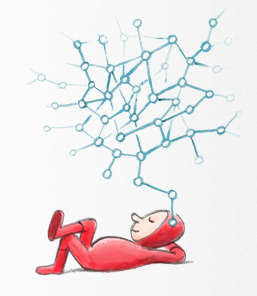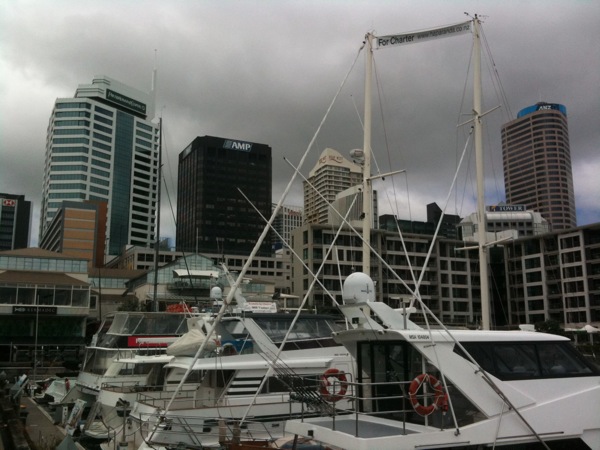Hitching the South Island
Mandy and I took the ferry across early on sunday morning with Jim and Casey Ann who were on their way to Queenstown to look for a place to set up for the next month and a half. The ride over was beautiful and the three hour boat ride went by I no time. Jim and Casey decided to head up to golden bay, so we stayed with them and Jim showed us the houses that the collectives were in in Nelson. We got dropped off just south of Able Tasman national park, where Mandy and I wanted to do some “tramping” (kiwi for hiking).
We waited for about 10 min, and watched three or four cars go past us before a guy and girl stopped to pick us up in their old camper van. His name was Jason and it turns out he was a ranger in the park, and was on his way to a family reunion of some sort on the beach. When we mentioned that we did not know where we were staying he invited us to camp with him, as there is no free camping around there. We accepted, and ended up hanging out with his extended family for the evening, drinking beer, homemade whisky, and enjoying the private land and beach we were on.
The next morning he dropped us off at the park hut on his way in to work and we got ready for our trip. The park is only accessible by foot or boat, so we decided to take a boat up the coast and walk back. We re-arranged our packs as we would not be needing everything we had with us while hiking and left the extra at the camp hut.
Our boat was us, and nine Germans, one of which was an old man who sang opera as he jumped on to the beach like a landing soldier. Mandy speaks a little German, so she was able to talk to them for a while.
Clouds had been building all morning, and just as we started on the coastal track, the rain came in. Just a light mist to start, but it built over time. As the day went on, we alternated between rain and sunny patches with mist. Very eery. We also ran into Jason at the first camp as he was getting set up for the day.
The coastal track follows the coast north to south along the park edge and is stunningly beautiful. The bays reminded us of the British virgin islands and the water was a deep green blue.
We arrived to our camp in the early evening, but the dark clouds were already closing off the sun. The ranger there told us that there was an epic storm heading our way and to get ready for it. We spent 30 hungry and brain dead minutes walking around the camp with our tent set up, but in our hand looking for a good spot to put it. We ended up choosing the lee side of some trees next to the bath house, figuring it would block the wind a bit.
We cooked up our pasta, changed clothes, and crawled into the tent around 8:39 pm. We were both asleep by 9 and the rain had just started in earnest.
Around 2 am we woke up to a howling roar that sounded like it came from some sound effects master in a theatre house. The rain was coming down like crazy, but we were still warm and dry and we passed back out. When we both woke up in the morning and finally crawled out of the tent, we saw people wringing out their sleeping bags, fixing broken tent poles, and recovering from what had apparently been a rough night. A few tents completely flooded and the people had the sleep in the food kitchen hut. We had hardly even noticed!
The weather shut down the trails until 10 (We later found out it flooded cities and knocked out roads across a lot of the south island!) so we had a leisurely breakfast followed by a hike back in full sunshine.
The weather had also flooded the store where we had kept dry clothes, getting them wet, but they offered us dryers, so we washed some of our dirty clothes, showered, and did laundry while drying the tent out.
We then got two rides in quick succession to Nelson, where we are in a hostel for the night planning out tomorrow because of the road closings. We hope to head to the glaciers over the next few days.








